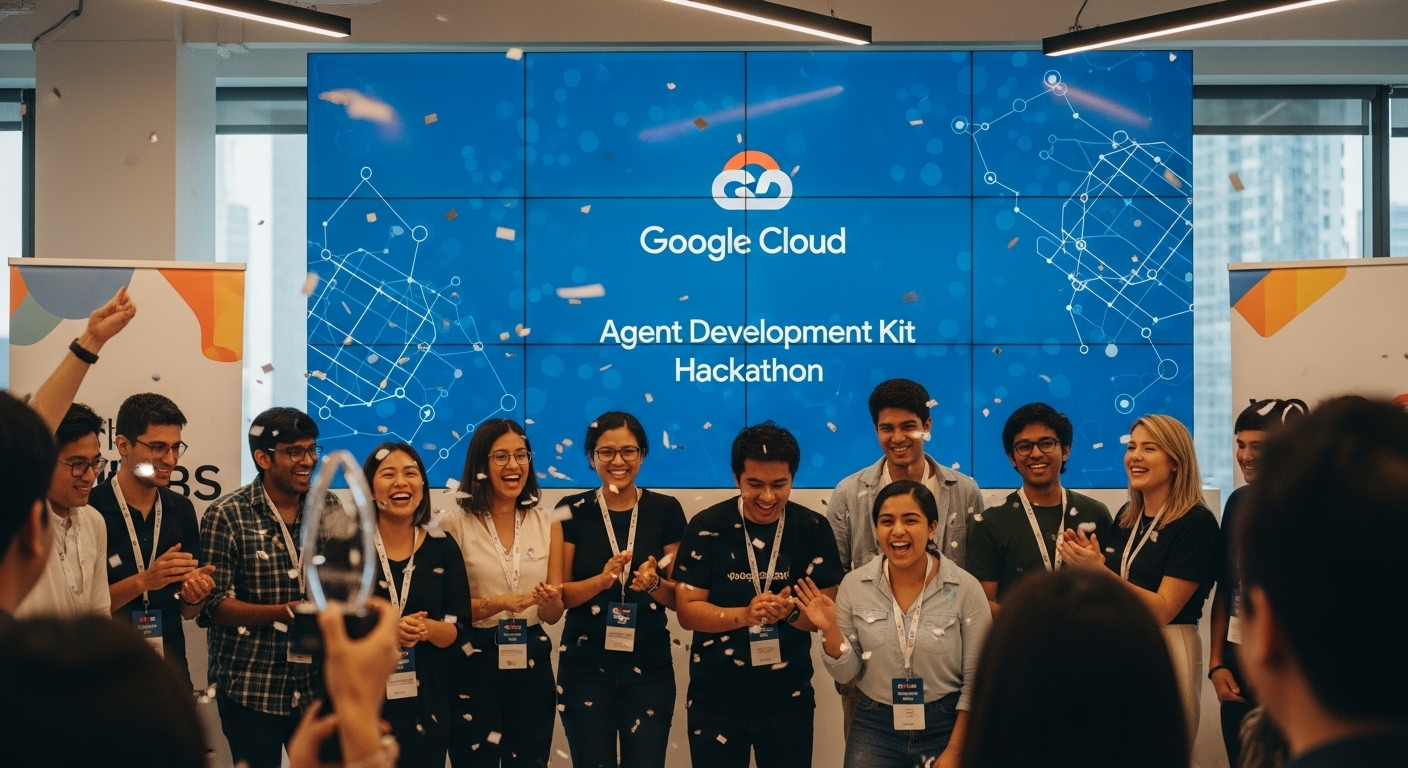Mandiant Academy Launches New Network Security Training to Protect Your Perimeter
In a significant move to bolster cybersecurity defenses, Mandiant Academy, a part of Google Cloud, has unveiled a new training course titled “Protecting the Perimeter: Practical Network Enrichment.” This course is designed to equip cybersecurity professionals with the essential skills needed to transform network traffic analysis into a powerful security asset. The training aims to replace the complexities of network data analysis with clarity and confidence, offering a practical approach to perimeter security.
What the Training Offers
The “Protecting the Perimeter” course focuses on key skills essential for effective network traffic analysis. It allows cybersecurity professionals to quickly and effectively enhance their skills. Students will learn to cut through the noise, identify malicious fingerprints with higher accuracy, and fortify their organization’s defenses by integrating critical cyber threat intelligence (CTI).
What will you learn?
The training track includes four courses providing practical methods for analyzing networks and operationalizing CTI. Students will explore five proven methodologies for network analysis:
- Packet capture (PCAP)
- Network flow (netflow)
- Protocol analysis
- Baseline and behavioral analysis
- Historical analysis
The courses incorporate common tools to demonstrate how to enrich each methodology by adding CTI, and how analytical tradecraft enhances investigations. The curriculum includes:
- Decoding Network Defense: Refreshes foundational CTI principles and the five core network traffic analysis methodologies.
- Analyzing the Digital Battlefield: Investigates PCAP, netflow, and protocol before exploring how CTI enriches new evidence.
- Insights into Adversaries: Students learn to translate complex human behaviors into detectable signatures.
- The Defender’s Arsenal: Introduces essential tools for those on the frontline, protecting their network’s perimeter.
Who Should Attend?
This course is specifically designed for cybersecurity professionals who interpret network telemetry from multiple data sources and identify anomalous behavior. The training is tailored for those who need to enhance their abilities quickly due to time constraints.
The training is the second release from Mandiant Academy’s new approach to on-demand training. This method concentrates complex security concepts into short-form courses.
Why This Training Matters
The primary goal of this training, according to Mandiant Academy and Google Cloud, is to empower cybersecurity professionals to transform network traffic analysis from a daunting task into a powerful and precise security asset. By enhancing skills in network traffic analysis, professionals can more effectively identify and mitigate cyber threats, ultimately protecting their organizations. The training aims to provide clarity and confidence in an area that can often feel complex and overwhelming.
The training aims to help cybersecurity professionals to quickly and effectively enhance network traffic analysis skills, cut through the noise, identify malicious fingerprints with higher accuracy, and fortify their organization’s defenses by integrating critical cyber threat intelligence (CTI).
How to Get Started
To learn more about and register for the course, visit the Mandiant Academy website. You can also access Mandiant Academy’s on-demand, instructor-led, and experiential training options. This comprehensive approach ensures that professionals have access to the resources needed to defend their organizations against cyber threats.
Conclusion
The new training from Mandiant Academy, in collaboration with Google Cloud, represents a significant step forward in providing practical and accessible cybersecurity training. By focusing on essential skills and providing actionable insights, “Protecting the Perimeter” empowers cybersecurity professionals to enhance their expertise and defend against evolving cyber threats. The course is designed to meet the needs of professionals seeking to improve their network security skills efficiently.
Source: Cloud Blog






